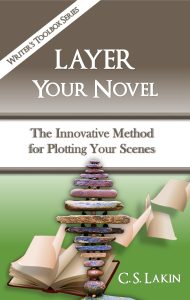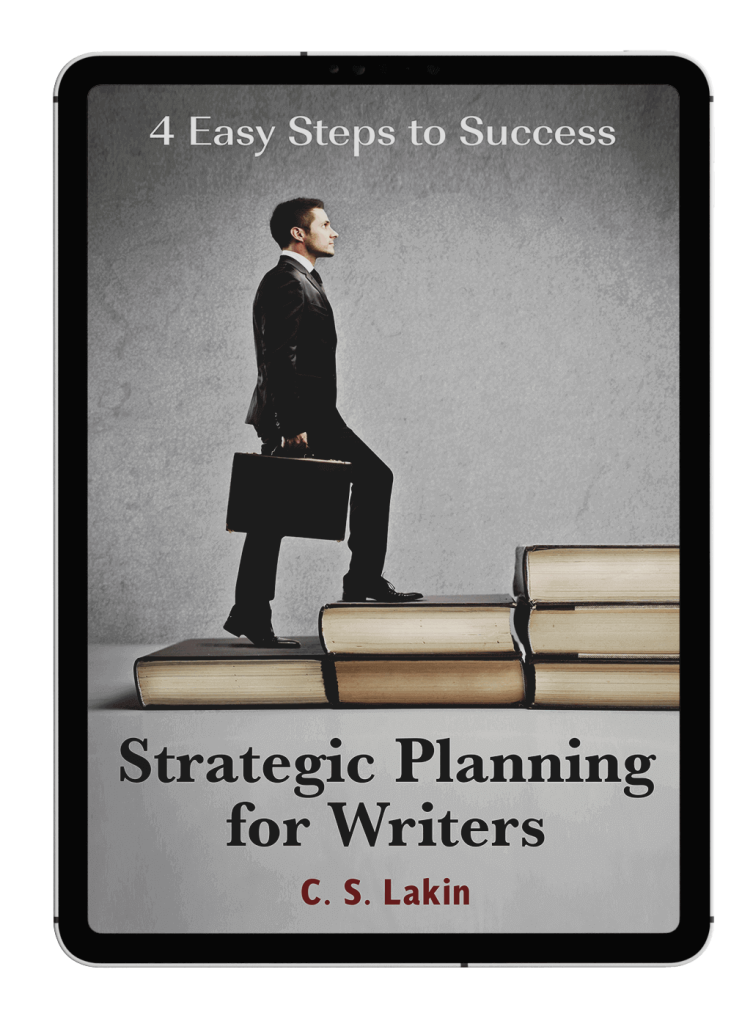Advancing Your Plot
I tell writers often they are failing to “advance their plot.” What does that mean, and why does it matter?
I keep seeing novels that “land on my desk” that start off with a great situation but then veer off into the hinterlands. Other novels don’t even get out the gate. The opening scenes seem to have nothing to do with the premise of their story. I’ll go back and reread a synopsis and shake my head. Where is the premise setup? Who exactly is the protagonist?
If your scenes aren’t “advancing the plot,” you have a serious problem.
Each scene should reveal some new information, but not just anything—the information needs to help move the plot forward. The bottom line? Every scene must have a point to it or it shouldn’t be in your novel.
If you’ve been following my blog for some time, or you’ve read my writing craft books in The Writer’s Toolbox series, you’ve heard me spout this. When brainstorming your scene ideas, it’s crucial that you first consider the point of your scene.
Ask: What do I need to have happen in this scene that moves the plot forward?
Depending on where this scene is going to come in your novel, that answer will vary. Opening scenes in a novel should be setting up your protagonist in his ordinary life. Around the 10 percent mark of your novel, some incident or opportunity should occur that shifts the character’s direction and/or focus. It interrupts that ordinary world. Through a series of events, the character is then moved into position by the 25% mark to launch his goal. From then on, all scenes orbit around this one purpose: to aid or hinder or complicate the protagonist’s pursuit of this goal.
 All this I explain in great detail in Layer Your Novel. Check it out if you don’t know which key scenes go where.
All this I explain in great detail in Layer Your Novel. Check it out if you don’t know which key scenes go where.
So when considering the point to your scene, you need to know exactly where in the story that scene will occur. Instead of thinking “I wonder what I should have happen to my character next?” first consider what section (some think in terms of acts) of your novel this scene is going to be placed.
For example, between the 25% and 75% marks of your novel, you want to show progress and setbacks for the protagonist as he goes after his goal. As you build to the big climax, you are making it harder and more hopeless for him, with more obstacles and complications. Keeping this in mind helps you determine exactly what the purpose of your scene will be.
Take Time to Learn Plot Structure
If you aren’t aware of basic novel structure and the essential plot points and where they are positioned in a story, you should take the time to learn this. Why? Because if you don’t get novel structure clear, your scenes aren’t going to serve the plot’s interest. They will wander about aimlessly, confusing readers and accomplishing little to nothing of importance.
And the best way to ensure your structure is solid is to get a thorough critique of either your rough or polished full draft or of your scene outline. If you haven’t finished writing your novel, you don’t have to wait to get help. I work with many authors at the outline stage. You can hire me to critique just the first few chapters to give an assessment of how the premise and characters are being set up.
5 Essential Components
Let’s say you know exactly what the purpose of your scene will be. You may have your protagonist’s best friend turn on him. You may want to introduce an accident or some violence to upend things. You may be bringing a love interest on stage, or have an ally try to stop your character from making a bad decision.
Now that you have the purpose in mind for your scene, what next? Let’s look at the first five key components to crafting that scene.
- The high moment. Your scene has to have a key moment that encapsulates the point of your scene. Think carefully about what that moment should be. It’s usually a reveal—a clue, a new bit of information, a reveal of character that impacts the story. It can be big or subtle.
Moments aren’t about big action but about significance. What is significant to your POV character for that scene. A high moment can be a complication that shows up, a reversal (something happens opposite to what the character expected), or a surprise twist to the plot.
- Start in the middle of action. Last year on this blog we spend a month covering the fatal flaw of “nothin’ happenin’.” The popular term in medias res means starting in the middle of something. Remember last week I gave the scene example of character John waking up and getting dressed, then heading to work? That may sound like the scene is starting in the middle of things. John is waking up and getting going in his day, right?
Nope. The idea here is to start in the middle of something interesting that’s going on. Something that makes the reader wonder just what has been happening up till now.
Imagine walking into a room to find two people in the midst of an argument. You know you’ve missed something, but you’re intrigued to find out just what. That’s the feeling you want to get with your scene openings. I suggest thinking about that high moment, then starting about 15-20 minutes of screen time earlier. That time factor will vary depending on your scene, certainly, but it’s a good rule of thumb when considering at what moment to open with.
- Establish the POV character and stay in that POV. Make sure to be clear whose POV this scene is in by the first or second paragraph. It may be obvious, such as when writing in first-person POV. But even with first person, it can be easy to fall into explanation and lengthy narrative that feels out of POV. So make that character present to the reader right away.
“Rule” is: only one POV per scene. So stick with that one character, showing only what she can see, think, or feel. If you need to get into another character’s head, wrap up that scene, do a scene break (put a # in the middle of a blank line), and then start the new scene.
- Establish the setting. This is one component that is frequently ignored. Make it clear where this scene is taking place. Don’t do an info dump of details, but rather show the setting through the POV character. I’ve written dozens of posts on the importance of setting, and I have to emphasize here—it’s almost always undertreated in every manuscript I critique. You don’t need much, but it’s essential. That includes a feel for the weather, time of day and year. Sensory detail is critical in order to bring a scene alive, and the most evocative details are those dealing with setting.
- Consider the conflict. Conflict is story. Ideally, you want conflict oozing out of every page. So take some time to think about the conflict inherent in your premise and plot.
The character arc requires inner conflict, which is really the character’s struggle as he is forced to grow and learn and change through the story. The outer conflict is embodied by antagonists and nemesis characters who create interference and obstacles for the protagonist as he goes after his goal. Outer conflict can be incidents that impact any or all of your characters.
Just know this: if your scene is lacking conflict, it will fall flat. If you’re struggling or unsure you’re on track, hire me! Contact me here to discuss your project and what concerns you have about your structure.
What do you struggle most with regarding these 5 tips to advancing the plot? Does this post help you?
Featured Photo by Luis Andrés Villalón Vega on Unsplash











